 We continue our journey through the renovation process at the Samuel Noakes House at 101 West Cork Street/201 South Braddock Street. Updates are posted each Tuesday through the PHW blog, following the progress with virtual hardhat tours. The previous entries may be found at the PHW blog at part 1, part 2, part 3, part 4, part 5, part 6, part 7, part 8, part 9, part 10, part 11, part 12, part 13, part 14, part 15, part 16, part 17, part 18, and part 19.
We continue our journey through the renovation process at the Samuel Noakes House at 101 West Cork Street/201 South Braddock Street. Updates are posted each Tuesday through the PHW blog, following the progress with virtual hardhat tours. The previous entries may be found at the PHW blog at part 1, part 2, part 3, part 4, part 5, part 6, part 7, part 8, part 9, part 10, part 11, part 12, part 13, part 14, part 15, part 16, part 17, part 18, and part 19.
For those who were able to tour the Noakes house during the Holiday House Tour, you may have heard the docent in the Cork Street side explaining about the future flooring plans for this area. During the tours, only the subflooring visible in the Cork Street apartment. Now the promised finished floor of cork and bamboo have been installed.
One item that had many people curious on the tour was how the access door to the basement in the Cork Street side would be handled. Instead of the open hole as we saw on the tour, the new door has been installed, creating an access hatch to the water heaters. As you can see, the cork flooring was installed on the hatch door to help it blend seamlessly into the rest of the flooring. A different shade of cork flooring was used in the rear bedroom, and bamboo finishes out the upper kitchen and dining area on Cork Street. Several nee built ins have also been installed in the Cork Street dining/living area since the Holiday House Tour.
There is also a huge change in the appearance of the floors in the Braddock Street side. The downstairs floors and stair treads have been sanded down to prepare for the finish coat. In several places, such as the hall and laundry room, you can see where the new flooring has been installed where the existing flooring had been too damaged or altered to retain. One question that came up several times on the tour was why did a circa 1810 home have such narrow floorboards. The original floor was of wide planks, but over the years new flooring was laid atop the old — as well as new ceilings installed dropped down! In the stripping process, the owner decided to stop at this layer of flooring due to its relatively good condition, as the sanding has revealed.
At this point, you may want to take a moment to remind yourself of the Noakes house flooring at the start of the project. It might be hard to believe the worn floors in the Braddock Street space could be salvaged!
 Flooring installed at Cork Street, with the basement hatch door and several built ins installed as well
Flooring installed at Cork Street, with the basement hatch door and several built ins installed as well
Flooring sanded and installed on the Braddock Street side
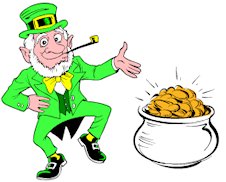 Mark your calendars for PHW’s poker party on Saturday, March 16 from 7-10 p.m. at 510 South Loudoun Street in Winchester. Buy your chips at the door for $20 as a donation to PHW and play in a friendly atmosphere. If you’re not the gambling type, stop in to socialize and see the Grim-Moore House, one of the PHW Revolving Fund properties, before the building is updated by its new owner. Beer and light refreshments will be served also.
Mark your calendars for PHW’s poker party on Saturday, March 16 from 7-10 p.m. at 510 South Loudoun Street in Winchester. Buy your chips at the door for $20 as a donation to PHW and play in a friendly atmosphere. If you’re not the gambling type, stop in to socialize and see the Grim-Moore House, one of the PHW Revolving Fund properties, before the building is updated by its new owner. Beer and light refreshments will be served also.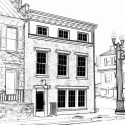 Please join Preservation of Historic Winchester for a Reception and Silent Auction Saturday, March 9 at the Samuel Noakes House at 201 South Braddock and 101 West Cork Streets to benefit PHW. Two event times will be offered with different refreshments and auction items. Admission is $20 per person for the 3-5 p.m. event with beer and barbeque, or $30 per person for the 6-8 p.m. event with wine and hors d’oeuvres. Auction items will be added to the event page for advanced viewing.
Please join Preservation of Historic Winchester for a Reception and Silent Auction Saturday, March 9 at the Samuel Noakes House at 201 South Braddock and 101 West Cork Streets to benefit PHW. Two event times will be offered with different refreshments and auction items. Admission is $20 per person for the 3-5 p.m. event with beer and barbeque, or $30 per person for the 6-8 p.m. event with wine and hors d’oeuvres. Auction items will be added to the event page for advanced viewing.




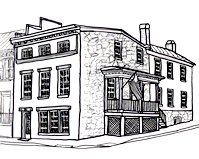 201 South Braddock Street
201 South Braddock Street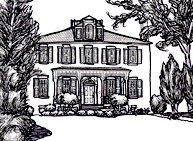 211 South Washington Street
211 South Washington Street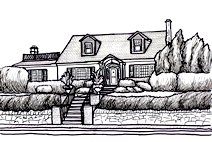 205 South Washington Street
205 South Washington Street